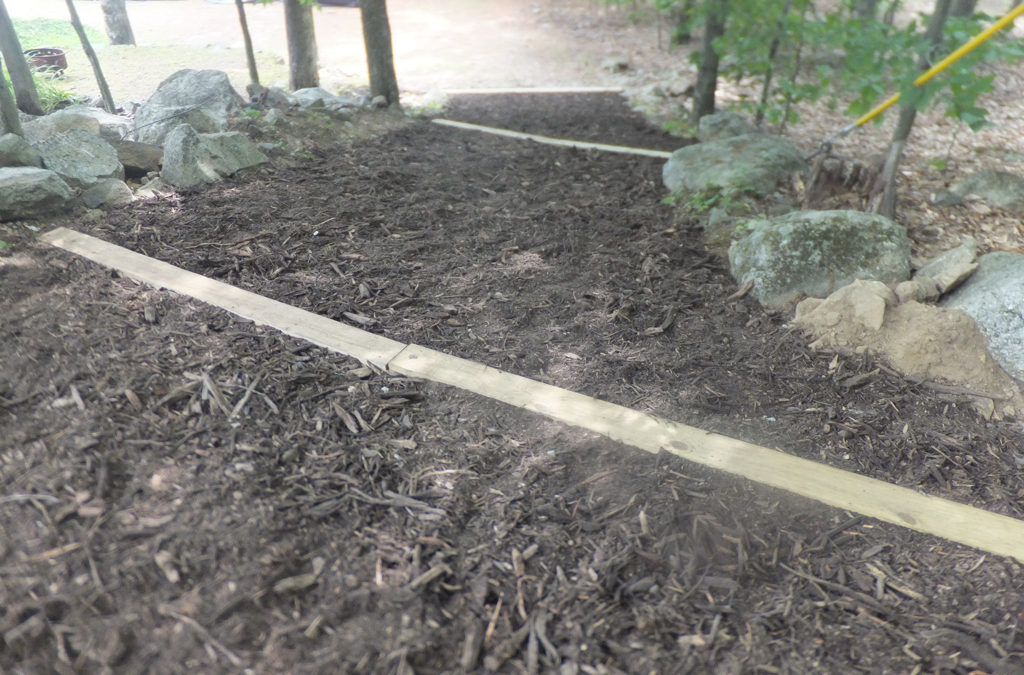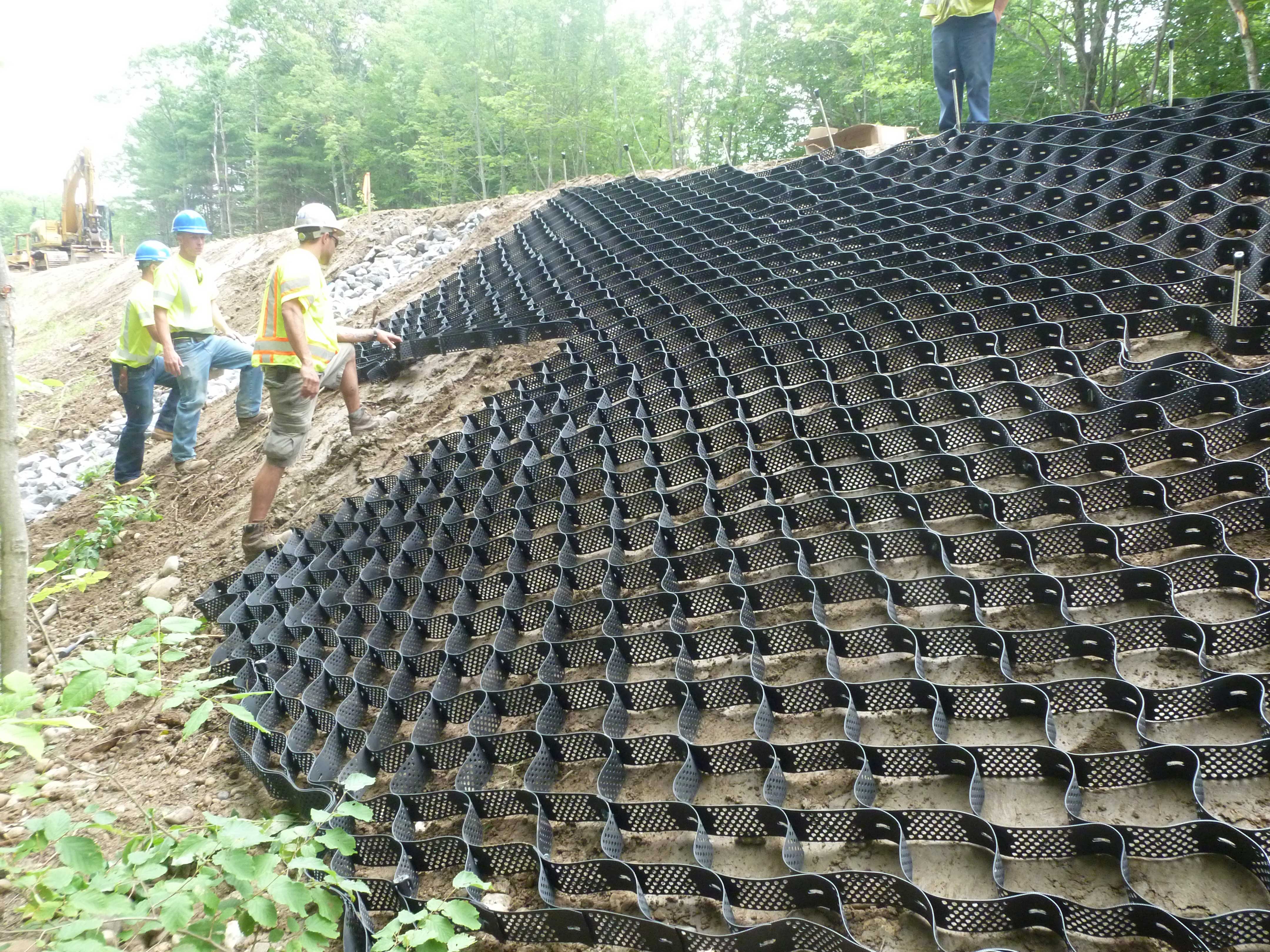Exact Solutions from Memphis Erosion Control Solutions trenching
Efficient Disintegration Control Techniques for Sustainable Land Management
Are you searching for ways to efficiently take care of erosion on your land? Look no additional! This short article will certainly give you with beneficial info on the relevance of erosion control in lasting land administration. Discover the different sorts of erosion and their impact on your land, as well as natural approaches to regulate disintegration. Discover exactly how to execute effective erosion control measures and make certain correct tracking and maintenance. Start acting today to shield and preserve your important land.
Relevance of Erosion Control in Sustainable Land Management
Disintegration control is necessary for sustainable land monitoring since it helps protect against soil degradation and loss. By applying efficient disintegration control techniques, you can make certain the long-lasting health and efficiency of your land. Without correct erosion control procedures, soil disintegration can take place, leading to the loss of valuable topsoil that is rich in nutrients necessary for plant development.
One of the main reasons erosion control is vital is because it helps to preserve soil fertility. Furthermore, disintegration can lead to sedimentation in close-by water bodies, which can negatively impact aquatic communities.
One more key benefit of erosion control is the avoidance of land deterioration. By executing disintegration control methods such as terracing, contour plowing, and the usage of cover crops, you can help protect against land deterioration and maintain the wellness of your land.

Types of Erosion and Their Influence On Land
Understanding the various sorts of erosion and just how they influence the land can assist you implement far better land monitoring techniques. Disintegration is the process by which soil, rocks, and various other products are gradually deteriorated and transported by natural pressures such as water, ice, and wind. There are four major kinds of erosion: sheet disintegration, rill erosion, gully erosion, and mass activity erosion.
When a slim layer of soil is gotten rid of evenly from the surface of the land,Sheet erosion happens. This kind of erosion is often triggered by hefty rains or incorrect land management techniques such as overgrazing or deforestation. Rill erosion, on the various other hand, happens when small networks or rivulets are developed on the land as a result of the circulation of water. This can happen on high slopes or locations with compressed soil.
Gully disintegration is a lot more extreme and occurs when larger channels or gullies are formed due to the constant flow of water. Mass motion disintegration refers to the activity of huge quantities of soil and rocks downhill due to the force of gravity.
Understanding these different types of erosion and their effect on the land is important for reliable land management. By implementing erosion control methods such as terracing, shape plowing, and reforestation, you can decrease disintegration and protect the honesty of the land. Furthermore, exercising excellent land monitoring techniques like appropriate crop rotation, preserving ground cover, and making use of debris control actions can further aid in stopping disintegration.
All-natural Disintegration Control Techniques for Sustainable Land Monitoring
By implementing all-natural disintegration control approaches, you can efficiently protect the stability and handle of your land. One effective method is using vegetation, such as plants and grasses, to stabilize soil and protect against erosion. Growing indigenous species can aid boost root density and bind the dirt with each other, lowering the threat of erosion triggered by hefty rainfall or wind (Memphis Erosion Control Solutions erosion control). In addition, mulching is an additional natural technique that can aid control erosion. By applying a layer of natural compost, such as wood chips or straw, you can shield the dirt from the influence of raindrops, lowering dirt compaction and drainage. One more natural erosion control approach is contouring the land. By creating contour lines or terraces on inclines, you can slow down the circulation of water and enable it to penetrate the dirt, decreasing erosion. In areas where erosion is a considerable concern, setting up disintegration control coverings or mats can be beneficial. These mats are made of eco-friendly products and help support the have a peek at this site soil up until plants is developed. In general, by using these all-natural disintegration control methods, you can properly manage and shield your land from erosion, ensuring its long-lasting sustainability.
Implementing Effective Erosion Control Measures

To effectively handle and shield your land from erosion, you must take into consideration applying tried and tested methods that can assist alleviate the risk. One such technique is using disintegration control blankets. These blankets, made from artificial products or natural fibers, are put on the dirt surface area to stabilize it and avoid disintegration. They assist preserve moisture, decrease sediment overflow, and advertise the development of vegetation. Another effective strategy is using terracing. Terracing involves producing level platforms on sloping land, which assists to slow down overflow and stop erosion. It likewise enables the growing of plants on the terraced inclines. In addition, growing vegetation is an essential action in erosion control. Shrubs, grasses, and trees have substantial root systems that bind the dirt with each other, decreasing erosion brought on by wind and water. In addition, setting up sediment control procedures such as silt fencings and debris fish ponds can assist trap sediment and stop it from entering close-by water bodies. These steps are particularly vital during building tasks. By carrying out these proven erosion control techniques, you can successfully shield your land and reduce the threat of erosion and its destructive impacts.
Tracking and Maintenance of Erosion Control Strategies
When monitoring and preserving disintegration control actions, it is necessary to on a regular basis check the disintegration control coverings, terraces, plants, and sediment control procedures to guarantee they are working properly and efficiently stopping disintegration (Memphis Erosion Control Solutions silt fences). By conducting routine assessments, you can determine any concerns or deficiencies in the erosion control techniques and take necessary activities to remedy them
Beginning by inspecting the erosion control blankets. Look for indications of damage or wear, such as splits or revealed dirt.
Next, examine the balconies. Examine for signs of disintegration, such as sediment build-up or uneven surface areas. Ensure that the terraces are effectively designed and kept to draw away water circulation and minimize disintegration. Clear any kind of gathered debris to maintain their performance.
Assess the vegetation in the erosion control location. Ensure that it is healthy and balanced and sufficiently covers the soil. Try to find any kind of indications of plant anxiety or disease, and address them without delay. Proper vegetation coverage helps stabilize the dirt and avoid erosion.
Last but not least, inspect the sediment control procedures, such as sediment containers or sediment fencings. See to it they are appropriately set up and working as planned. Remove any gathered debris and ensure that the controls are properly maintained.
Normal surveillance and upkeep of disintegration control actions are crucial for their long-lasting efficiency in protecting against erosion and maintaining sustainable land management practices.
Conclusion
In conclusion, you ought to small landscape design focus on erosion control for sustainable land administration. By understanding the various types of erosion and their impact on the land, you can carry out efficient natural erosion control methods.
Discover the various types of erosion and their influence on your land, as well as all-natural techniques to manage erosion. There are four main kinds of disintegration: sheet disintegration, rill erosion, gully disintegration, and mass motion disintegration.
By implementing their website disintegration control strategies such as terracing, shape plowing, and reforestation, you can minimize erosion and maintain the stability of the land (Memphis Erosion Control Solutions hydroseeding). Overall, by making use of these natural disintegration control approaches, you can efficiently handle and protect your land from disintegration, ensuring its long-lasting sustainability
By recognizing the various kinds of disintegration and their impact on the land, you can carry out reliable natural erosion control methods.